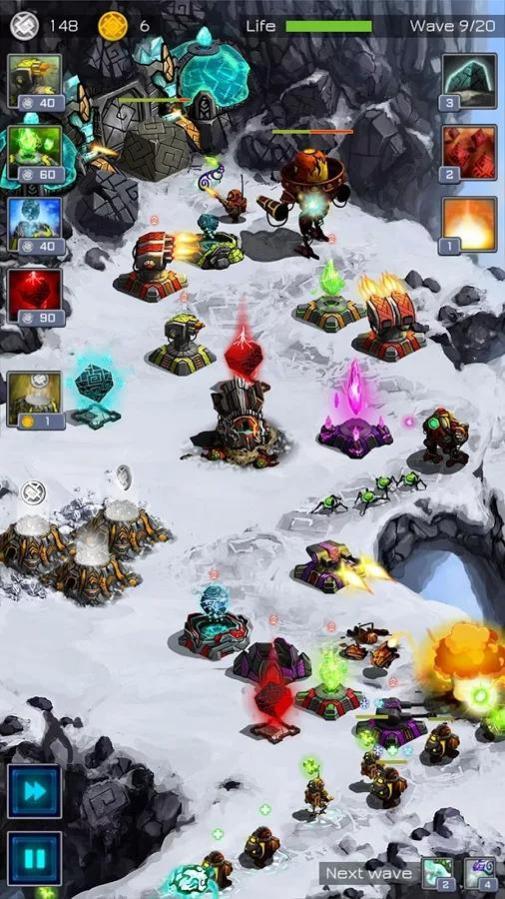

Aurum-4 waited for just under fifteen seconds to be sure of his comrades' positioning, then opened the door with his free hand.

He had proceeded almost in a straight line from the western breach to the headquarters at the center of the sensor complex, disposing of the interposing enemy agents with a ruthless and quick efficiency.Ī quick bypass at the corner turret, and the path was secured - any following intruders would have to deal with a suddenly-traitorous shredder cannon. Aurum-4 saw no profit in wasting valuable time eliminating harmless civilian scientists. The leader of the attacking probe team had served on Iphiclia before, and had enough experience to know that the faster the objective was achieved, the better one's chances of getting away alive. All in all, the civilian casualties had been high, and what few survivors there were were hiding out in the retrieval sections, waiting for the emergency to pass or for the police to respond to their doomed netbeacon requests.įor them, the outlook was surprisingly good. This not only rendered the corridors corrosive to human flesh and electrically charged, it also meant that the computer systems had shorted as their coolant supply vanished. The corridors had then been flooded to a depth of roughly an inch with coolant fluid, caused by an extensive rupture in the pipelines. In the midst of the probe attack, it was nell-nigh impossible. This was a time consuming and difficult job at the best of times. In order for the doors to open again, the lab techicians would have had to get a man through the crawlspace above the corridors and then replace the circuitboards manually. Sealing the four exits was accomplished by a double override of the door locks, and then a shorting of all the control mechanisms. There was no denying that the attack had been skillfully coordinated.


 0 kommentar(er)
0 kommentar(er)
